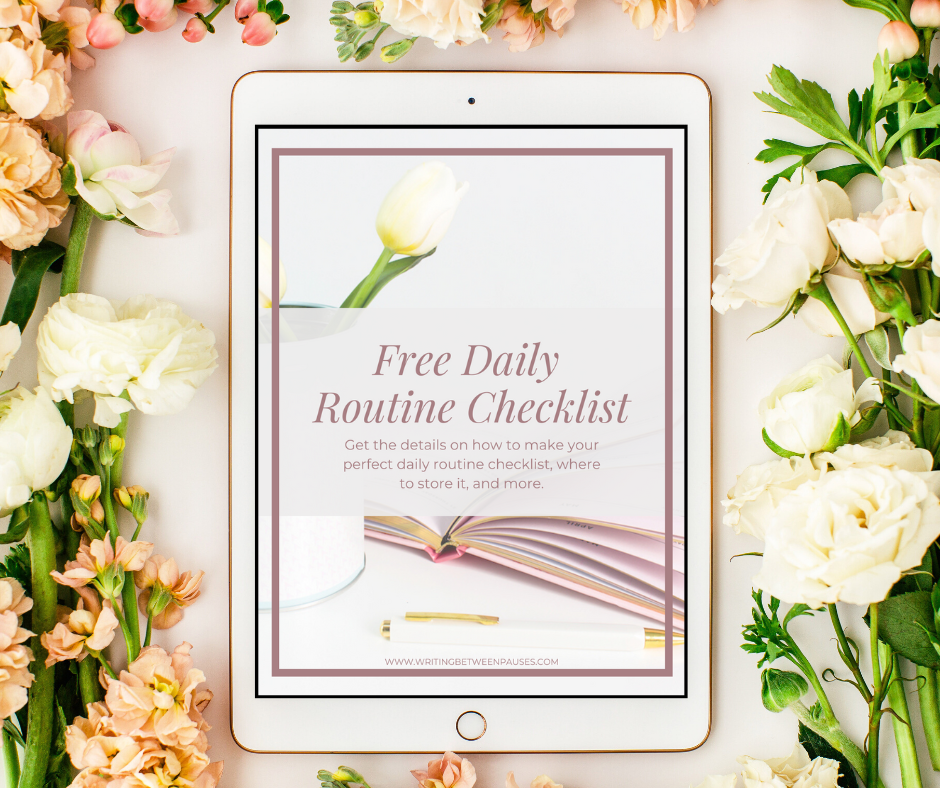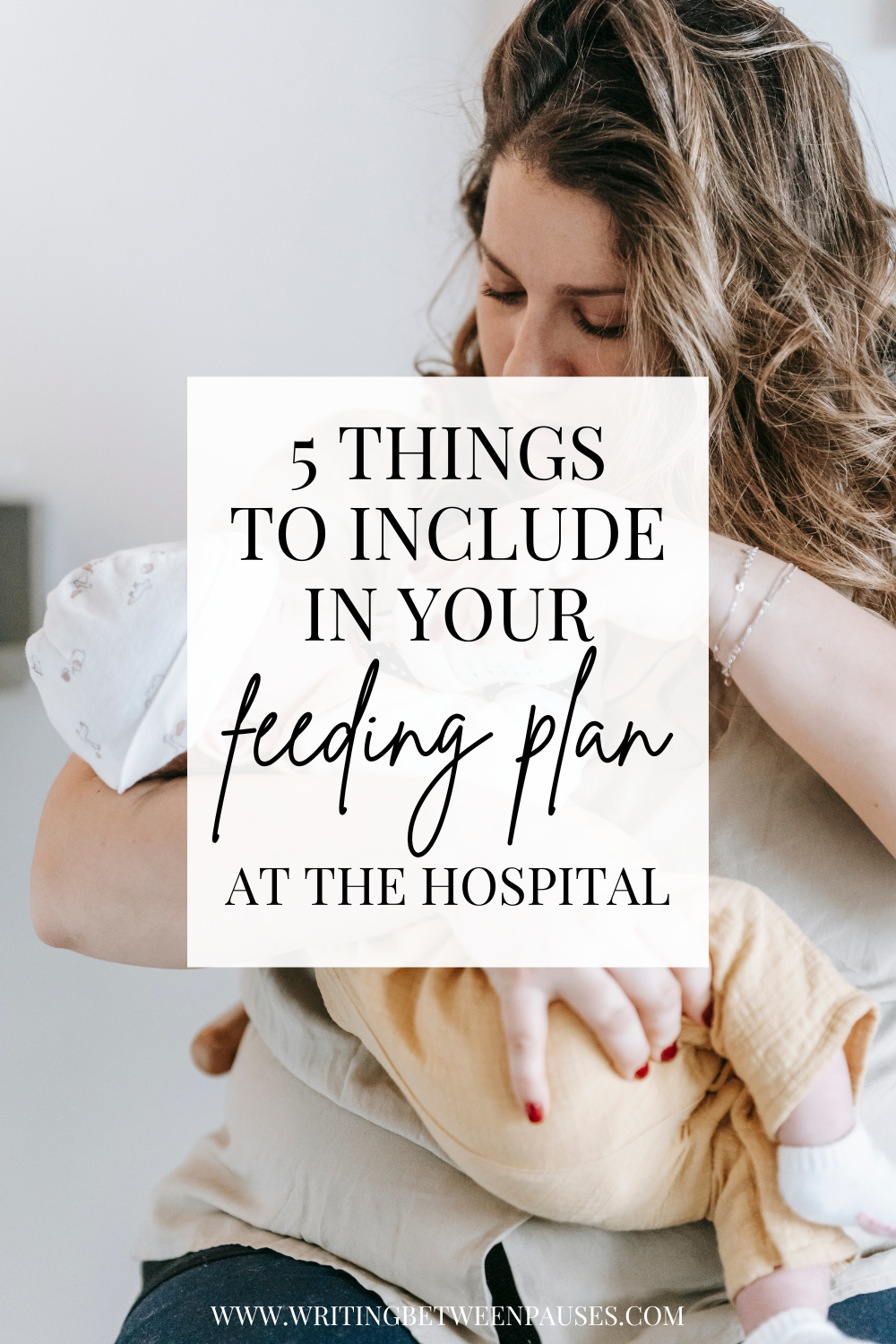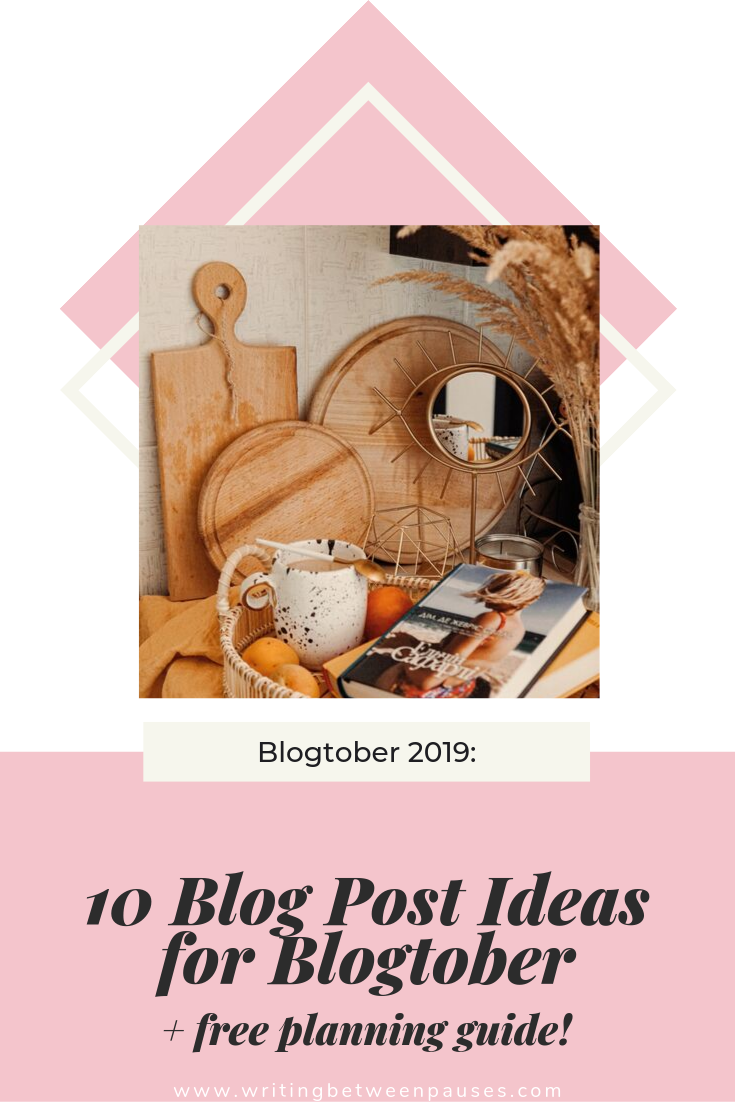Personally, I love Blogtober.
I know every year, someone publishes a blog post with the title why you shouldn’t do Blogtober!! or start talking about how puffed up traffic from daily content isn’t better traffic (…. which I don’t agree with).
Here’s what I know about Blogtober (and my experience with it): if you approach it in a relaxed way, it can be really fun. If you take it too seriously, it will be a bummer. But it is a pretty great way to boost your traffic, especially if you’re a newer blogger, and in about 8-10 months time, if you pin your Blogtober posts on Pinterest, they can start going viral.
So is there value to Blogtober content? Yes. Absolutely! I think if you plan your Blogtober posts appropriate, you can have some really great, well-performing content that can build traffic both seasonally and over time. It’s just about planning appropriately!
That’s why I’m writing this post. I’ve posted some basic “Blog post ideas for Blogtober” before, but I wanted this to be a little bit more in-depth: where I find my inspiration, how I’ve shifted the focus of my content this year, how I take steps to make daily posting easier on me, and (even better) how I’ve decided to alter my Blogtober schedule this year for my current niche.
You can see a round up of all my Blogtober posts here.
Why I Participate in Blogtober
Because I like it.
There!
Two years ago, I was feeling really down about my blog and my content. Blogtober was the boost I needed, both content and traffic wise. It made me feel really good and helped start me on a path to being more dedicated and focused on my blog’s content.
This year is no different. I’ve been making gradual changes to my content after a brief, semi-hiatus. I’m planning to write more about this later, but I’m planning to use Blogtober as a change to write some more seasonally focused content that fits my niche again. I’m really excited for it.
So, ultimately, if you’re thinking of participating in Blogtober, here’s my advice. When it comes down to it, you should:
Want to participate in Blogtober
Be excited about the content you plan to write for Blogtober
Be organized enough to write the volume of content
That’s it! That’s all! Nothing fancy, nothing special. All that matters is you want to participate and you’re excited about it.
How to Plan Your Content
It’s tempting to fall into stereotypical Fall content. (I used Fall twice in that sentence, but I don’t know how to rewrite it as concisely. C’est la vie!) Especially when you see other people posting things that are getting traction or when you feeling like you’ve run out of ideas. But if you spend time focusing on your audience, and looking at the right sources, you can create content that is fun to write, serves your readers, and fits your niche.
I tend to grab ideas for content from a few sources. Here is a rundown:
Pay attention to what my followers like on Instagram stories & Twitter. Do my posts with my Fall coffee mug collection do well? Do hygge-focused posts about books do well? I also run polls on Twitter and Instagram to see what content they want for Autumn—then work on creating that content.
Watch trending topics on Pinterest. Autumn quotes, Fall fashion, round ups… these kind of posts do really well on Pinterest. If you’re a lifestyle blog, posting a list of Fall activities might work best. If you’re a travel blog, dream Autumn travel destinations.
Write the content that fits your life.
My goal at the beginning of every September is to have my entire content calendar planned for Blogtober—that includes all my ideas, as well as the start of my graphics. If I go about it this way, I don’t make as many mistakes along the way, or get behind, as I am relatively prepared for the month.
10 Blog Post Ideas
Alright, with that being said, I promised some blog post ideas and I’m here to deliver. Here are a few ideas that can be easily adapted for your niche.
5 Fall Activities (In Your Area/For Kids/For Pregnant Woman/For Single Women/etc)
My Favorite Fall Decor
10 Instagram Accounts Who Make Autumn Easy (Great for a round up—make sure to contact Instagram accounts before featuring them)
4 Ways to Edit Your Photos this Autumn
My Favorite [Candles for Autumn/Tea for Autumn/Fall Recipe, etc]
My Dream Autumn Travel Destinations
Preparing for the Holidays (for travel/for work/for family etc)
My Halloween Costume (great for DIYs, kids/families, etc)
5 Quick Halloween Treats (recipes of your own from the past OR a round up to network with other bloggers)
Preserving Autumn Memories (for families/for future/through writing, etc)
Free Blogtober Planning Guide
This brings me to the most exciting part of this blog post: my free Blogtober planning guide! Want a place to plan your content? To start making notes about what pictures you’ll need to take? Want to map out your content calendar? Plan your promotion schedule during a busy month? I have all of that and more in my Blogtober planning guide. Just click below to download!






























